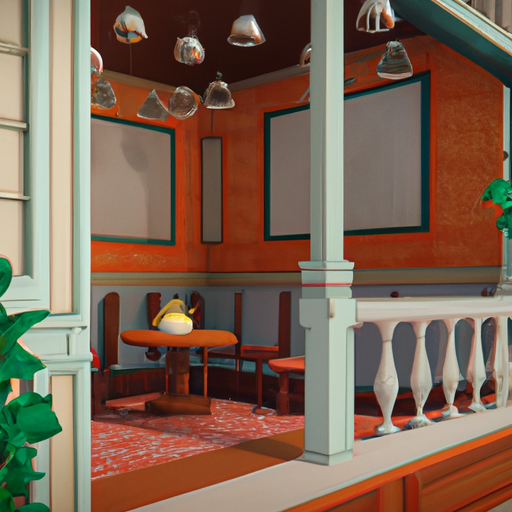Tea Rooms: A Cozy Retreat for the Tea Lover
We all have our daily routines, little habits that make us feel at ease. For some, it's the simple act of putting on your favorite slippers while cocooning with a hot cup of aged pu-erh. For others, it may be the pun-tastic pleasure in discovering and experiencing new tea blends – sharing them with you, our cherished Tea Treasury audience. Today, we step into the cozy realm of tea rooms, an inviting escape from the hustle and bustle of fast-paced modern living.
Tea rooms have long been part of tea culture, each with their distinct charm, history, and character. Whether you're a seasoned tea enthusiast or just dipping your toes into the world of tea, tea rooms offer an incredible experience that goes beyond simply sipping a cup of tea. In this post, we will delve into the history and unique features of tea rooms, the types of tea served, and how they have found new life in the 21st century.
A Little Trip Down Memory Lane: The History of Tea Rooms
Tea rooms, as we know them today, have their roots in the Victorian era. During this time, tea consumption was at an all-time high in Britain, and the idea of meeting in a comforting public space enjoying tea and light meals became quite popular.
The first known tea room was opened in 1706 by Thomas Twining in London. This was soon followed by many others, as the concept quickly gained momentum. Early tea rooms were predominantly frequented by the upper-class society, but as the Industrial Revolution progressed, the availability of tea became more widespread, drawing in a broader crowd.
One of the key figures in the evolution of the tea room was Catherine Cranston, a Scottish businesswoman who opened several tea rooms in Glasgow in the late 1800s. These establishments became iconic for their distinctive artwork and design by renowned architect Charles Rennie Mackintosh, as well as for their innovative approach to combining tea drinking, food, and culture.
Types of Tea Rooms
There are several types of tea rooms, each with their unique characteristics and experiences, including:
| Type | Description |
|---|---|
| Traditional Tea Rooms | Typically found in the UK and Ireland, these establishments offer a variety of teas and traditional British baked goods, such as scones with clotted cream and jam, finger sandwiches, and pastries. Often housed in historic buildings, they exude an atmosphere of charm and sophistication. |
| Asian Tea Houses | Having their roots in China, Japan, and Korea, these tea houses focus on native teas and tend to follow a more minimalist approach, often incorporating traditional design elements and ceremonies. Expect to be served tea in elegant ceramic teaware and enjoy a tranquil ambiance. |
| Modern Tea Rooms | Built on the original concept, these contemporary tea rooms often blend the best of both worlds. You may find a minimalist fusion inspired by Eastern and Western tea traditions or a hip, urban tea house offering a range of regional and international teas along with unique food options. |
Tea Rooms Today: Adapt, Evolve, and Thrive
As with many aspects of our lives, tea rooms have had to adapt to the 21st-century lifestyle. The art of enjoying tea in a dedicated space is still alive and well, but with a few modern twists. Some of these adaptations include:
- Themed Tea Rooms: Ambitious tea entrepreneurs have thought up creative themes – from steampunk to Alice in Wonderland – to attract new audiences and provide an experience catered to specific interests.
- Tea Workshops and Tastings: Tea rooms have evolved as educational centers where tea lovers can learn about tea production, participate in guided tastings, and even attend workshops on brewing techniques and tea ceremonies.
- Hybrid Tea Spaces: Some establishments have incorporated tea bars, where tea aficionados can taste and purchase a variety of teas to enjoy at home. This has helped to spread the knowledge and appreciation of specialty teas in a retail setting.
Tea rooms have been, and continue to be, an oasis for those seeking solace in a warm cup of tea and the comforting essence of our cherished tea traditions. Today's modern tea rooms have managed to uphold the essence of this beloved institution while adapting to the ever-changing world and the evolving interests of their clientele. It truly is a testament to the power of tea to transcend generations and cultures.
So the next time you sip your easily-brewed cup of darjeeling at home, consider stepping out and visiting a local tea room. Indulge in the sensory delights of an exceptional tea experience as you immerse yourself in the history, culture, and creativity that has shaped the tea rooms we know and love today. After all, there's always room for tea.
